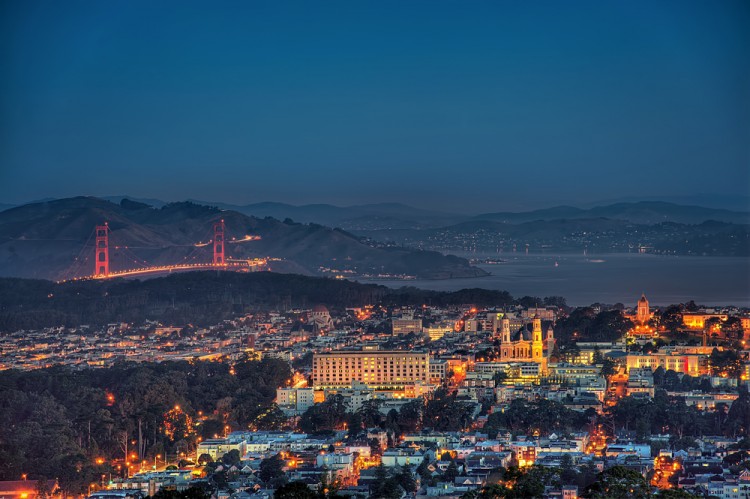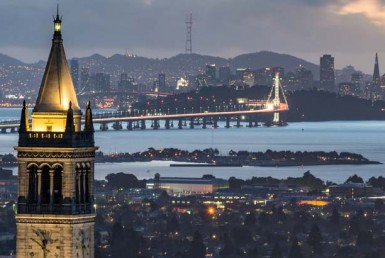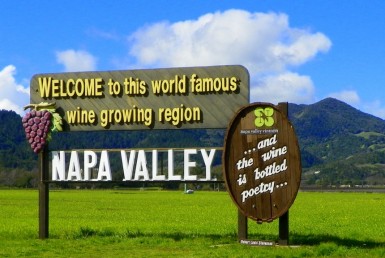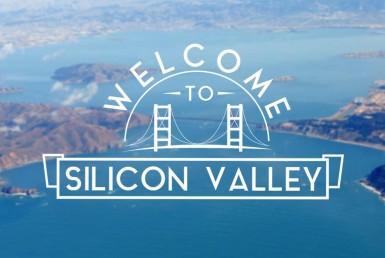San Fransisco, California

San Francisco is a very large coastal city (i.e. on the ocean, a bay, or inlet) located in the state of California. With a population of 864,816 people and 198 constituent neighborhoods, San Francisco is the fourth largest community in California. San Francisco has a large stock of pre-World War II architecture, making it one of the older and more historic cities in the country.
San Francisco home prices are not only among the most expensive in California, but San Francisco real estate also consistently ranks among the most expensive in America.
San Francisco is a decidedly white-collar city, with fully 90.98% of the workforce employed in white-collar jobs, well above the national average. Overall, San Francisco is a city of professionals, managers, and sales and office workers. There are especially a lot of people living in San Francisco who work in management occupations (13.72%), sales jobs (10.37%), and office and administrative support (10.16%).
Also of interest is that San Francisco has more people living here who work in computers and math than 95% of the places in the US.
Of important note, San Francisco is also a city of artists. San Francisco has more artists, designers and people working in media than 90% of the communities in America. This concentration of artists helps shape San Francisco’s character.
San Francisco is also nautical, which means that parts of it are somewhat historic and touch the ocean or tidal bodies of water, such as inlets and bays. Quite often, nautical areas such as these attract visitors and locals who come to enjoy the scenery and various waterfront activities.
One downside of living in San Francisco, however, is that residents on average have to contend with a long commute, spending on average 32.76 minutes every day commuting to work. It is, however, a pedestrian-friendly city. Many of its neighborhoods are dense enough and have amenities close enough together that people find it feasible to get around on foot. In addition, local public transit is widely used. For those who would prefer to avoid driving entirely and leave their car at home, it may be an option to use the transit instead.
San Francisco is a big city, and with that comes lots of benefits. One benefit is that most big cities have public transit, but San Francisco really shines when it comes to the extensiveness and use of its public transit system. More than most large American cities, San Francisco citizens use public transit daily to get to and from work. And while there are transportation options, most people in San Francisco ride the bus. Whereas in some cities one is destined to sit in traffic every morning to get to work and every evening to get home, in San Francisco a lot leave their cars at home (if they even choose to own one), and hop a ride on the bus.
Do you have a 4-year college degree or graduate degree? If so, you may feel right at home in San Francisco. 53.83% of adults here have a 4-year degree or graduate degree, whereas the national average for all cities and towns is just 21.84%.
The per capita income in San Francisco in 2010 was $52,220, which is wealthy relative to California and the nation. This equates to an annual income of $208,880 for a family of four. However, San Francisco contains both very wealthy and poor people as well.
San Francisco is an extremely ethnically-diverse city. The people who call San Francisco home describe themselves as belonging to a variety of racial and ethnic groups. The greatest number of San Francisco residents report their race to be White, followed by Asian. San Francisco also has a sizeable Hispanic population (people of Hispanic origin can be of any race). People of Hispanic or Latino origin account for 15.30% of the city’s residents. Important ancestries of people in San Francisco include German, English, Italian, and European.
Foreign born people are also an important part of San Francisco’s cultural character, accounting for 35.14% of the city’s population.
The most common language spoken in San Francisco is English. Other important languages spoken here include Chinese and Spanish.
Just for our own edification, we took the most expensive Bay Area ZIPs on both lists and looked at their average sale price on Redfin for all of 2016:
Atherton, 92027 ($6.09 million; #3 Forbes, #2 PropertyShark)
Palo Alto, 94301 ($2.93 million; #48 Forbes, #8 PS)
Ross, 94957, ($2.82 million; N/A Forbes, #13 PS)
Los Altos, 94022 ($2.8 million; #46 Forbes, #9 PS)
Portola Valley, 94028 ($2.8 million; #51 Forbes, #10 PS)
Los Altos, 94024 ($2.62 million; #68 Forbes, #15 PS)
Los Gatos, 95030 ($2.3 million; #89 Forbes, #25 PS)
Stanford*, 94305 ($2.28 million; N/A Forbes, #39 PS)
Burlingame, 94010 ($2.23 million; #182 Forbes, #22 PS)
Palo Alto, 94306 ($2.22 million; #143 Forbes, #23 PS)
Saratoga, 95070 ($2.22 million; $85 Forbes, #28 PS)
San Francisco, 94123 ($2.06 million; #61 Forbes, #24 PS)
Tiburon, 94920 ($1.89 million; #54 Forbes, #31 PS)
San Francisco, 94118 ($1.82 million; #128 Forbes, #37 PS)
Menlo Park, 94025 ($1.8 million; #134 Forbes, #38 PS)
(*Note that Stanford’s sample size of only a little more than a dozen homes sold isn’t particularly useful or reliable, which is probably why it didn’t make Forbes’ list.)



